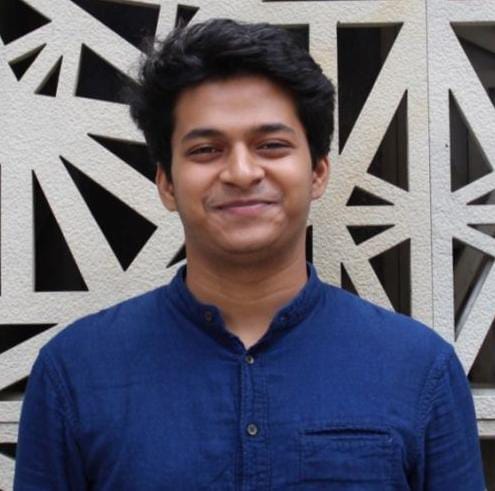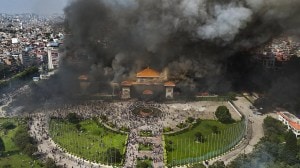Exhibition depicts Delhi’s evolving identity, aims to ‘correct’ widespread narrative about its layered history
The works on display reflect the city’s transformation as seen through different lenses — from Sultanate and Mughal chroniclers to photographers and map-makers of later periods
 The exhibition, curated by historian Swapna Liddle, will continue till September 15 (Express)
The exhibition, curated by historian Swapna Liddle, will continue till September 15 (Express)An exhibition titled ‘Sair-e-Dilli: Chronicles of Change’, curated by historian Swapna Liddle, began at Bikaner House on Sunday. It brings together paintings, prints, photographs, maps and plans that narrate the layered history of the Capital. The showcase, part of the inaugural edition of ‘The City as a Museum’, will continue till September 15. The exhibition has been organised at Bikaner House by DAG.
The works on display reflect the city’s transformation as seen through different lenses — from Sultanate and Mughal chroniclers to photographers and map-makers of later periods. Together, they trace how Delhi’s built forms and lived experiences have been interpreted across time, offering visitors a perspective on the city’s evolving identity.
Liddle says the exhibition also aims to correct a widespread narrative about Delhi’s history. “A lot of our narratives have often been those of the seven cities which kind of string Delhi’s historic sites along a timeline. The seven cities, kind of paradigm, often is one of rise of a city, abandonment and destruction of a city and another city and another city and another city,” she says.”
“And that is that is a narrative which actually in some ways is a bit misleading because when I start reading the text that have been produced around these and particularly text that were produced by Indians who were experiencing the city…they describe the city that was living and it was not just the city of their time … but older Delhi has also had a very a life-living culture around them,” Liddle said, emphasising that these were not ruins and how visitors at that time talked about these older cities that were connected to their lives through a calendar of events that were cultural, social, sometimes faith-based.
Liddle said one of the interesting sets of photographs at the exhibition are about other destruction which was brought by the revolt of 1857.
“The shelling that happened then is seen in some of the prominent buildings, for instance, Kashmere Gate. Also look at the state of Kudsia Bagh and the mosque inside it. You can see that all the shelling has damaged this so badly,” Liddle says.
The exhibition also showcases a panoramic painting, which shows the city from Jama Masjid just after the revolt. Many buildings near the Red Fort which are shown in the painting, by Felice Beato, were later demolished by the British as the British Army felt they should clear a strip of 500 yards around the Red Fort due to “security reasons”. The painting also shows Akbarabadi Mosque, points out Liddle.
The Indian Express had reported in 2012 that near the site where digging for Jama Masjid metro station was under way, remains of what are believed to be the remains of the 17th-Century Akbarabadi Mosque were discovered.
At the exhibition, prints, drawings, paintings, early photographs and postcards are laid out in a way that challenges the chronological narrative and presents a tour of the city based on the outlook of the 19th-century Indians inhabiting the Delhi of their time — who envisioned the city as a network of sites, old and new, strung out along various streets and highways extending from the nineteenth-century urban centre.









